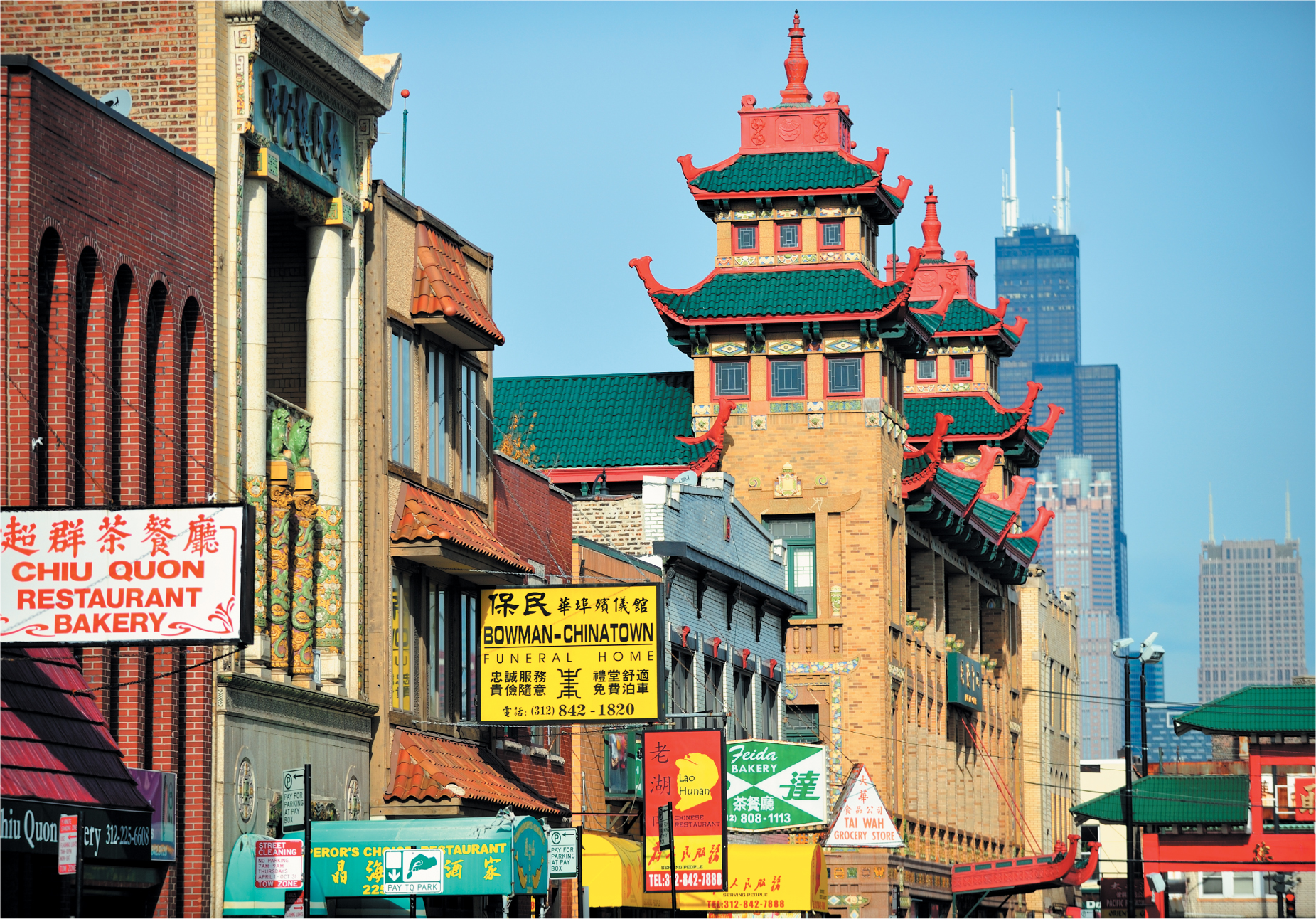Chapter Introduction
301

Inside the City
11
Finding and understanding patterns in a city is a difficult matter. As you walk or drive through a city, its intricacy may dazzle you and its form can seem chaotic. It is often hard to imagine why city buildings are where they are, why people cluster where they do. Why does one block have high-income housing and another slum tenements? Why are ethnic neighborhoods next to the central business district? Why does the highway run through one neighborhood and around another? Just when you think you are beginning to understand some patterns in your city, you note that those patterns are swiftly changing. The house you grew up in is now part of the business district. The central city that you roamed as a child looks abandoned. A suburban shopping center thrives on what was once farmland.
Chapter 10 focused on cities as points in geographical space. In this chapter, we try to orient ourselves within cities to gain some perspective on their spatial patterns. In other words, the two chapters differ in scale. Chapter 10 presented cities from afar, as small dots diffusing across space and interacting with one another and with their environment. In this chapter, we use the five themes of cultural geography to study the city as if we were walking its streets.
302